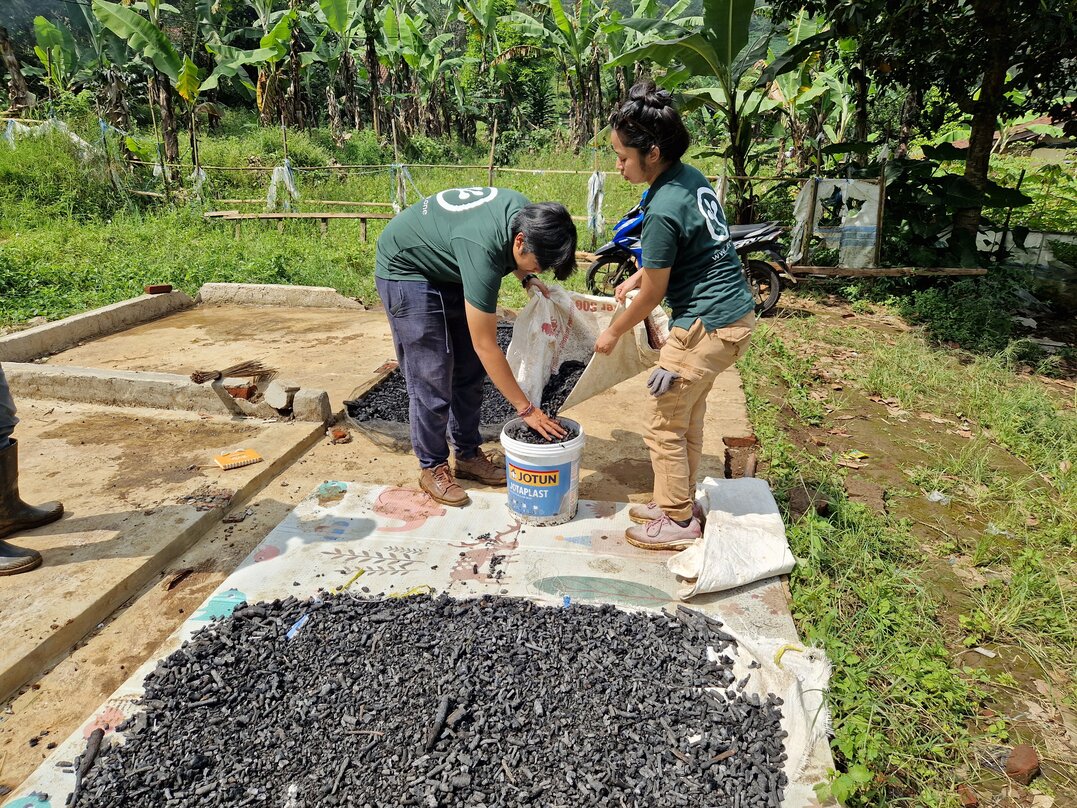Unlocking the potential of biochar: durable carbon sequestration and sustainable soil management

Recently, we achieved a significant milestone by successfully conducting the initial series of biochar production tests, advancing our pursuit of long-term carbon storage solutions. This accomplishment underscores the immense potential of biochar as a carbon-rich soil amendment, showcasing its distinct advantages and benefits.
Biochar, produced from biomass through pyrolysis, excels in carbon sequestration and soil enhancement. It serves as a valuable tool for both sustainable agricultural practices and long-term carbon storage.
The significance of biochar in long-term carbon sequestration cannot be overstated. Previously it is said that biochar removes CO2 from the atmosphere, but it does not do that. The plants do that, and through pyrolysis biochar is produced and the carbon already sequestered gets "stabilized" to be able to store it for longer periods, but it itself is not constantly absorbing CO2. This plays a crucial role in combating climate change. As a potent Carbon Dioxide Removal (CDR) method, biochar becomes an invaluable resource, supporting our efforts to address and mitigate the impact of climate change.
Looking ahead, our dedication to uncovering the full range of benefits and applications of biochar remains unwavering. As we continue to explore its potential, we are committed to making a positive impact on our environment and promoting sustainable soil management practices.
By harnessing the power of biochar, we can pave the way for a more sustainable and resilient future, while mitigating the effects of climate change and preserving our planet for generations to come.
Learn more about how TREEO can provide you the accuracy and transparency your company needs here.